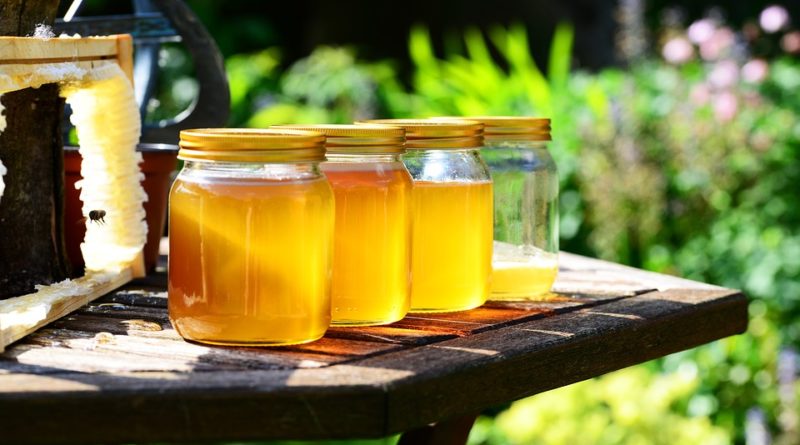A Bugs Life: How The Bee Community Affects Us
With Spring approaching, residents of Florida can look forward to being reintroduced to the insect inhabitants that share our humble abodes. The state of Florida, according to homeowners that were surveyed, is the number one state in the country for being bugged by bugs. These creepy critters include mosquitoes, termites, flies, spiders and of course the Florida palmetto bug.
Without judging our buggy neighbors, we should point out that not all bugs are buggy pests. In fact the honeybee is indispensable for human food production. A third of everything we humans eat was made possible by the pollinating activity of the honeybee. Unfortunately, there is a steep and growing decline in honeybee populations around the world.
This is clearly bad news for the human population, and for agricultural activities everywhere.
The University of Texas in Austin, has published in the latest issue of “Science,“ the results of their research study that may have found a way to reverse the trend. The team has genetically created strains of bacteria that live inside honeybee digestive tract. This lab produced modified bacteria has been infused with medicines that are pumped out in order to protect the bees from Varroa mites that naturally attach themselves to the bees. These mites once attached will eventually fatally weaken the bee.
Bees are essential in food production, because they are needed to pollinate such large numbers of our food crops. A single female bee will deposit pollen in hundreds of agricultural flowers daily. The American Beekeeping Federation estimates that honeybees contribute $20 billion to the U.S. economy and considerably more to the global economy of crop production. However bee colonies have been steadily declining because of disease, unexplained die-offs, weather factors and questionable farming and beekeeping practices.

In China, with springtime blooms already, started the Coronavirus is preventing beekeepers from pollinating the crops. Travel restrictions and lockdowns have stifled the movements that are essential for beekeepers to bring the hives to the crops.
Crimes against bees
Cattle rustling and horse thieving were the crimes depicted in the movies of the Wild West. In addition to all the other reasons for bee population decline, we now have bee-rustling. The criminals don the white beekeepers suits and load the hives onto trucks destined for the black market.
California almond season lasts only four weeks, from February to March. This is when the millions of almond buds are bursting into pink and white petals awaiting billions of honeybees that are trucked in from all over the United States to pollinate this enormous crop.
This lucrative business has certainly attracted criminals, and police departments in central California counties have designated detectives that specialize in apiary crime.
Every season in California, beekeepers rent out their bees to pollinate the almond trees for our almond milk lattes. Loading beehives on pallets and then onto tractor trailers for transport of up to a thousand miles to the almond groves is very stressful to beekeepers and to the bees. Up to a third of the bees are lost and never return home from the California almond groves. They either die or are stolen. In New Zealand, bee theft is an epidemic because of the lucrative “manuka” honey market. This honey sells for $150 a kilogram.
Grants
There are numerous grants available to combat this problem. The USDA has available grants, along with several other organizations. Many of these can be found here. Although grants to help with the sustainability of the bee population are usually scarce it is of primal importance to our ecosystem and the environment.
About the Author: Jake Tewel is a graduate of YU and and holds a university Master’s degree. Jake is a retired wine seller and caterer, a best friend, great neighbor, your go-to travel person, father, grandfather, and loving husband. He is now focusing his efforts on heart-healthy nutrition, exercise, and travel.

